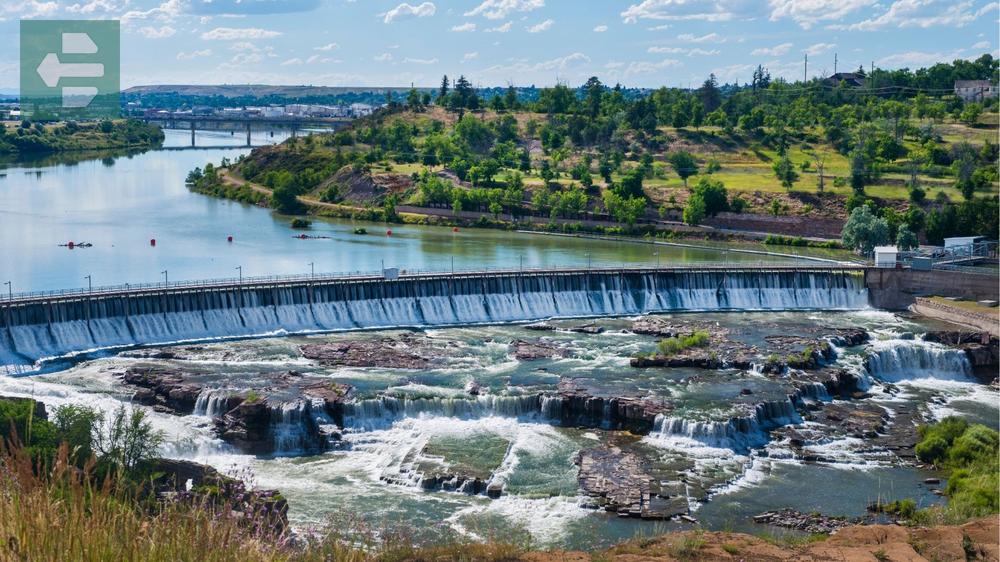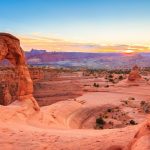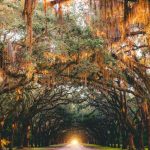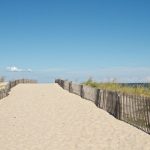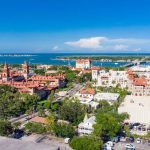Montana stretches across Big Sky Country with landscapes that shift from glacier-carved peaks to endless prairie. The best places to visit in Montana include Glacier National Park, Yellowstone's northern reaches, vibrant Bozeman, and the crystal waters of Flathead Lake. Other essential stops are Whitefish, Red Lodge, and the dramatic Beartooth Highway.
Keep reading as we explore Montana's most spectacular destinations that will transform your understanding of the American West.
List of Contents
- 1. Glacier National Park: Where Mountains Touch Sky
- 2. Yellowstone National Park: America's First Wonder
- 3. Bozeman: College Town with Mountain Soul
- 4. Flathead Lake: Inland Ocean
- 5. Whitefish: Alpine Village Charm
- 6. Beartooth Highway: The Most Beautiful Drive
- 7. Red Lodge: Gateway to High Country
- 8. Big Sky: Vertical Village
- 9. Going-to-the-Sun Road: Engineering Marvel
- 10. Helena: Capital City Heritage
- 11. Great Falls: River City Power
- 12. Billings: Rimrock City
1. Glacier National Park: Where Mountains Touch Sky
Glacier National Park contains over one million acres of pristine wilderness along the Continental Divide. The park's crown jewel, Going-to-the-Sun Road, winds 50 miles through mountain passes that seem carved by giants.
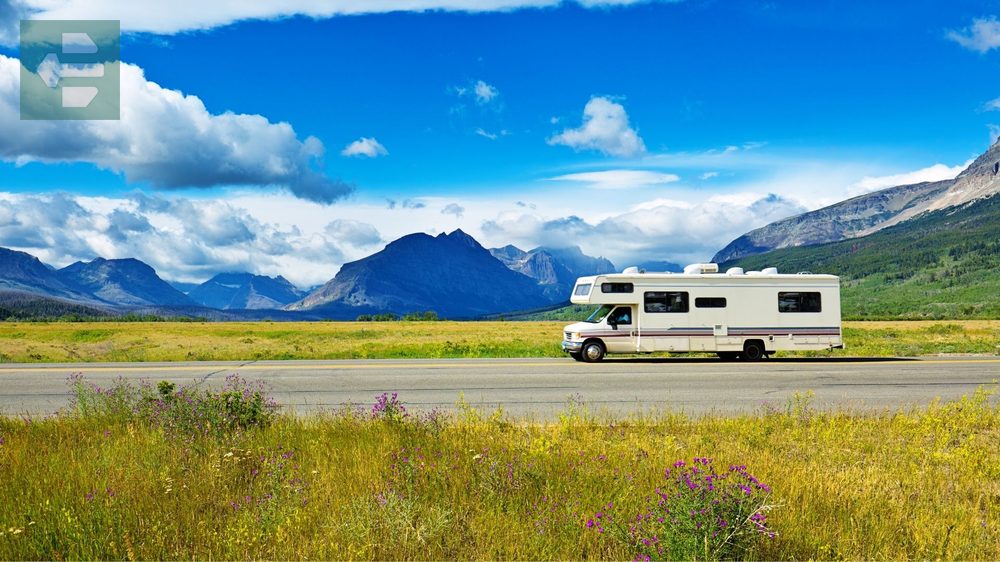
I remember standing at Logan Pass at sunrise, watching mountain goats navigate cliffs that would challenge experienced climbers. The silence here runs so deep you can hear your heartbeat.
The park's 700 miles of trails range from gentle lakeside walks to challenging alpine routes. Hidden Lake Overlook offers stunning views with moderate effort, while the Highline Trail rewards hikers with sweeping vistas of the park's backbone.
Quick Facts:
- Peak Season: July-September
- Getting There: Fly into Kalispell, drive 30 miles
- Entry Fee: From $35 per vehicle
- Suggested Stay: 3-4 days
- Key Spots: Going-to-the-Sun Road, Logan Pass, Lake McDonald, Many Glacier
2. Yellowstone National Park: America's First Wonder
Yellowstone's Montana section encompasses the park's northern tier, including Mammoth Hot Springs and the wildlife-rich Lamar Valley. This region sees fewer crowds than the southern loops but delivers equal wonder.
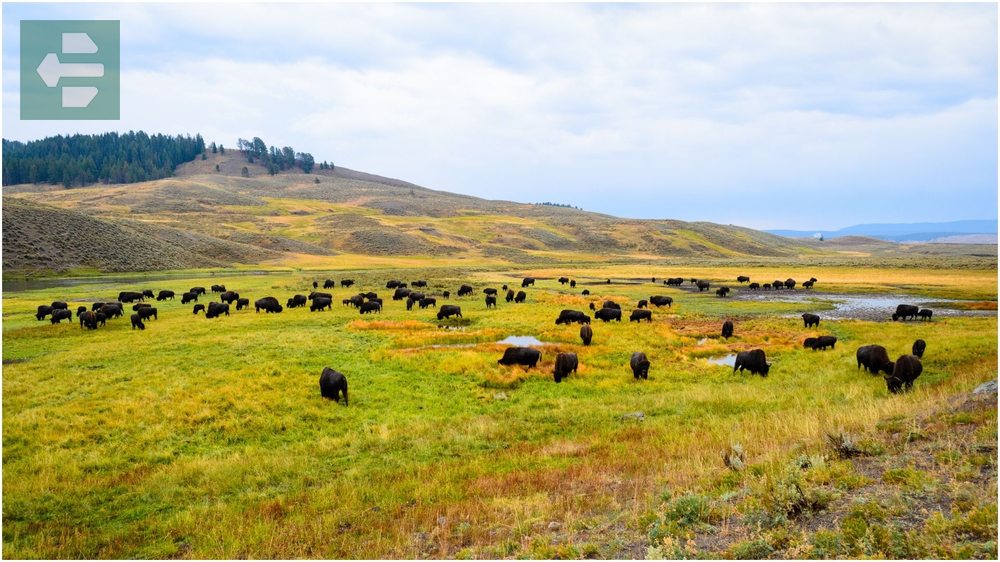
The terraced limestone formations at Mammoth create an otherworldly landscape that changes color with mineral deposits. Lamar Valley, known as America's Serengeti, hosts wolves, bison herds, and elk in numbers that stagger first-time visitors.
Early morning drives through Lamar yield the best wildlife viewing. Local photographers recommend the hour before sunrise when predators are most active.
Quick Facts:
- Peak Season: June-September
- Getting There: North entrance via Gardiner, MT
- Entry Fee: From $35 per vehicle
- Suggested Stay: 2-3 days
- Key Spots: Mammoth Hot Springs, Lamar Valley, Tower Fall, Norris Geyser Basin
3. Bozeman: College Town with Mountain Soul
Bozeman blends university energy with outdoor adventure, creating Montana's most dynamic small city. The town sits in the Gallatin Valley, surrounded by mountain ranges that offer year-round recreation.

Downtown Bozeman pulses with craft breweries, farm-to-table restaurants, and gear shops that outfit serious adventurers. The weekly farmers market showcases local producers who understand Montana's short growing season.
Montana State University brings vitality and culture, while nearby ski areas and hiking trails provide endless outdoor options. The town serves as base camp for exploring southwestern Montana's treasures.
Quick Facts:
- Peak Season: Year-round
- Getting There: Bozeman Yellowstone International Airport
- Entry Fee: Free
- Suggested Stay: 2-3 days
- Key Spots: Downtown Historic District, Museum of the Rockies, Bridger Bowl, Hyalite Canyon
4. Flathead Lake: Inland Ocean
Flathead Lake spans 191 square miles, making it the largest natural freshwater lake west of the Mississippi. The water runs so clear you can see lake trout swimming 20 feet below the surface.
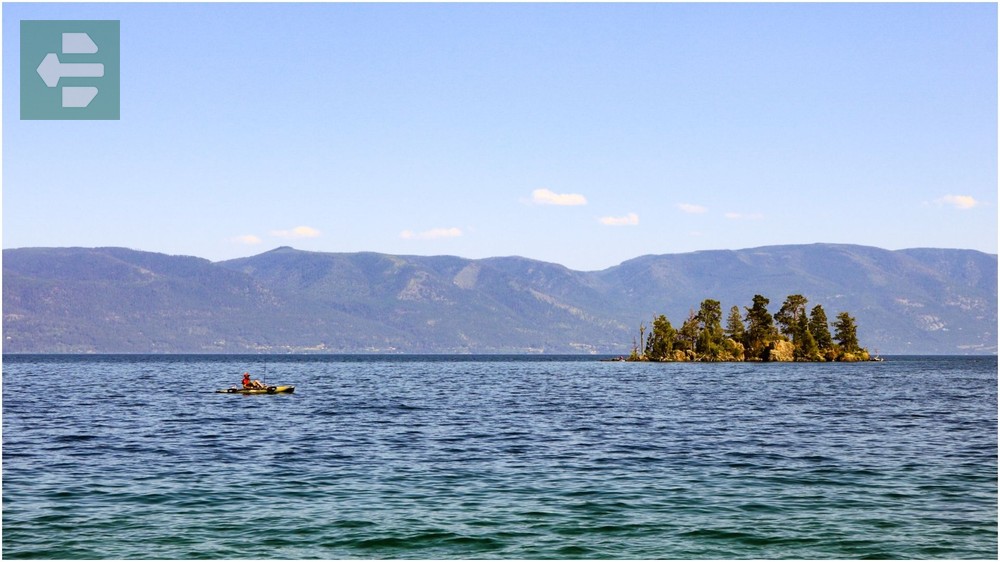
Wild Horse Island, accessible only by boat, preserves a herd of bighorn sheep and offers hiking trails with panoramic lake views. Cherry orchards line the eastern shore, creating spectacular blooms each spring.
Local marinas rent boats and kayaks, while the small towns around the lake's perimeter maintain the unhurried pace that makes Montana special.
Quick Facts:
- Peak Season: May-September
- Getting There: Highway 93, 7 miles south of Kalispell
- Entry Fee: Free
- Suggested Stay: 2-3 days
- Key Spots: Wild Horse Island, Polson, Bigfork, cherry orchards along east shore
5. Whitefish: Alpine Village Charm
Whitefish combines small-town charm with world-class skiing and summer recreation. The town sits at the base of Whitefish Mountain Resort, formerly Big Mountain, which transforms into a hiking and mountain biking paradise during summer months.

Downtown Whitefish maintains its railroad heritage while embracing outdoor culture. The historic train depot now houses restaurants and shops, while the Whitefish Trail system connects the town to surrounding wilderness.
Whitefish Lake provides swimming, boating, and fishing opportunities just minutes from downtown. The combination of mountain and lake recreation makes this one of Montana's most complete destinations.
Quick Facts:
- Peak Season: December-March (skiing), June-September (summer)
- Getting There: 25 miles from Kalispell via Highway 93
- Entry Fee: Free (town access)
- Suggested Stay: 2-4 days
- Key Spots: Whitefish Mountain Resort, downtown historic district, Whitefish Lake, Whitefish Trail
6. Beartooth Highway: The Most Beautiful Drive
The Beartooth Highway climbs from Red Lodge to the northeast entrance of Yellowstone, reaching 10,947 feet at Beartooth Pass. This 68-mile route crosses the Beartooth Plateau, where alpine lakes reflect snow-capped peaks even in midsummer.
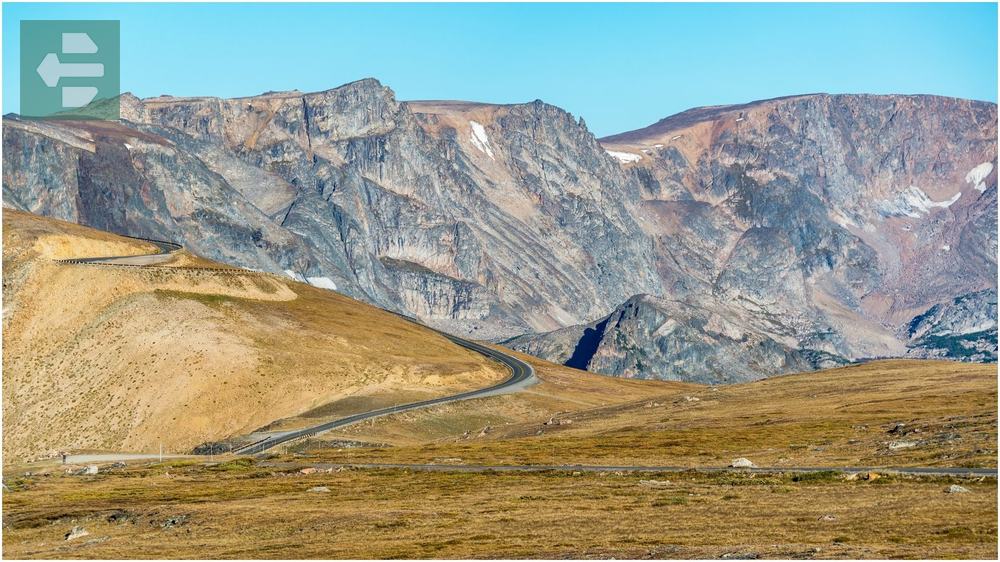
The highway typically opens in late May, though snow can close sections without warning. Weather changes rapidly at elevation, so pack layers even on sunny days.
Switchbacks carved into mountainsides offer stopping points with views that extend across three states. The drive takes three hours minimum, but plan a full day to appreciate the scenery properly.
Quick Facts:
- Peak Season: June-September (weather dependent)
- Getting There: Highway 212 from Red Lodge
- Entry Fee: Free
- Suggested Stay: Day trip or overnight in Red Lodge
- Key Spots: Beartooth Pass, Top of the World Store, alpine lakes viewpoints
7. Red Lodge: Gateway to High Country
Red Lodge began as a coal mining town and evolved into a recreation hub at the base of the Beartooth Mountains. The historic downtown preserves brick buildings from the mining era while serving modern outdoor enthusiasts.

Red Lodge Mountain offers skiing in winter and scenic chairlift rides in summer. The town hosts Music on Broadway, bringing live performances to the intimate Pollard Hotel theater.
Main Street's Western storefronts house galleries, restaurants, and shops that cater to visitors heading into the high country via the Beartooth Highway.
Quick Facts:
- Peak Season: December-March (skiing), June-September (summer)
- Getting There: Highway 212, 60 miles southwest of Billings
- Entry Fee: Free
- Suggested Stay: 1-2 days
- Key Spots: Historic downtown, Red Lodge Mountain, Carbon County Arts Guild
8. Big Sky: Vertical Village
Big Sky sits in the Madison Range, offering some of North America's most extensive skiing terrain. The resort spans three mountains with 5,850 acres of skiable terrain and minimal lift lines.
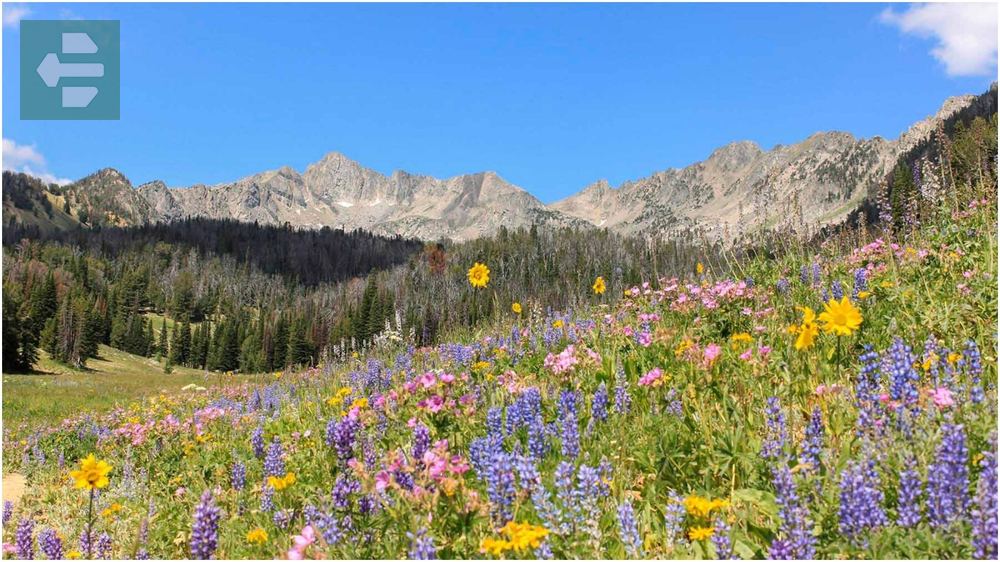
Summer transforms Big Sky into a hiking and mountain biking destination. The gondola operates year-round, providing access to Lone Peak's 11,166-foot summit without the technical climbing required from other approaches.
The resort community spreads across mountain meadows, with accommodations ranging from ski-in condos to luxury mountain lodges. Golf courses take advantage of the spectacular mountain backdrop.
Quick Facts:
- Peak Season: December-April (skiing), June-September (summer)
- Getting There: Highway 191, 50 miles south of Bozeman
- Entry Fee: Resort access fees vary
- Suggested Stay: 3-5 days
- Key Spots: Lone Peak, village area, Gallatin River, golf courses
9. Going-to-the-Sun Road: Engineering Marvel
Going-to-the-Sun Road represents one of America's greatest engineering achievements, completed in 1932 after 11 years of construction. The narrow road hugs cliff faces and crosses the Continental Divide at Logan Pass.

The 50-mile route typically opens fully by early July, though sections may close due to weather or maintenance. Park shuttles operate during peak season, reducing traffic congestion.
Stone guardrails and retaining walls blend seamlessly with the natural landscape, following National Park Service design principles that prioritize harmony with surroundings.
Quick Facts:
- Peak Season: July-September (fully open)
- Getting There: West entrance from West Glacier, east from St. Mary
- Entry Fee: Included with park admission
- Suggested Stay: Full day drive
- Key Spots: Logan Pass, Lake McDonald, St. Mary Lake, Weeping Wall
10. Helena: Capital City Heritage
Helena grew from a gold mining camp into Montana's capital city, preserving elaborate Victorian architecture along Last Chance Gulch. The walking mall downtown showcases buildings funded by mining fortunes.

The Montana State Capitol offers free tours highlighting the building's art and architecture. Mount Helena City Park provides hiking trails with views over the Helena Valley.
The Cathedral of St. Helena dominates the skyline with its Gothic Revival spires. Local ghost tours explore the city's colorful mining history after dark.
Quick Facts:
- Peak Season: May-September
- Getting There: Interstate 15, centrally located in Montana
- Entry Fee: Free
- Suggested Stay: 1-2 days
- Key Spots: Last Chance Gulch, State Capitol, Mount Helena City Park, Cathedral of St. Helena
11. Great Falls: River City Power
Great Falls takes its name from a series of waterfalls on the Missouri River, which Lewis and Clark portaged around during their famous expedition. The city preserves this history while embracing its role as a regional hub.

Giant Springs State Park protects one of America's largest freshwater springs, producing 388 million gallons daily. The park's trails follow the Missouri River through landscapes that haven't changed since the expedition era.
The C.M. Russell Museum houses the world's most extensive collection of Western art by the cowboy artist who called Great Falls home.
Quick Facts:
- Peak Season: May-September
- Getting There: Interstate 15, central Montana
- Entry Fee: Free (city access)
- Suggested Stay: 1-2 days
- Key Spots: Great Falls of the Missouri, Giant Springs State Park, C.M. Russell Museum
12. Billings: Rimrock City
Billings sprawls across the Yellowstone Valley beneath distinctive sandstone cliffs called the Rimrocks. Montana's largest city serves as the region's commercial center while maintaining access to outdoor recreation.

The Yellowstone Art Museum occupies a former county jail, showcasing contemporary Western art alongside historical collections. ZooMontana houses native species in naturalistic habitats.
Pompey's Pillar National Monument, 30 miles east, preserves the sandstone formation where William Clark carved his signature in 1806.
Quick Facts:
- Peak Season: May-September
- Getting There: Billings Logan International Airport, Interstate 90
- Entry Fee: Free
- Suggested Stay: 1-2 days
- Key Spots: The Rimrocks, Yellowstone Art Museum, ZooMontana, Pompey's Pillar
Montana rewards travelers who embrace its scale and rhythm. Each destination offers a different perspective on Big Sky Country, from glacier-carved peaks to rolling plains.
The best places to visit in Montana don't compete for your attention—they complement each other, creating a journey that reveals the state's remarkable diversity. Pack layers, bring a sense of adventure, and prepare for landscapes that will reset your definition of spectacular.
Your Montana adventure awaits. The mountains are calling.
